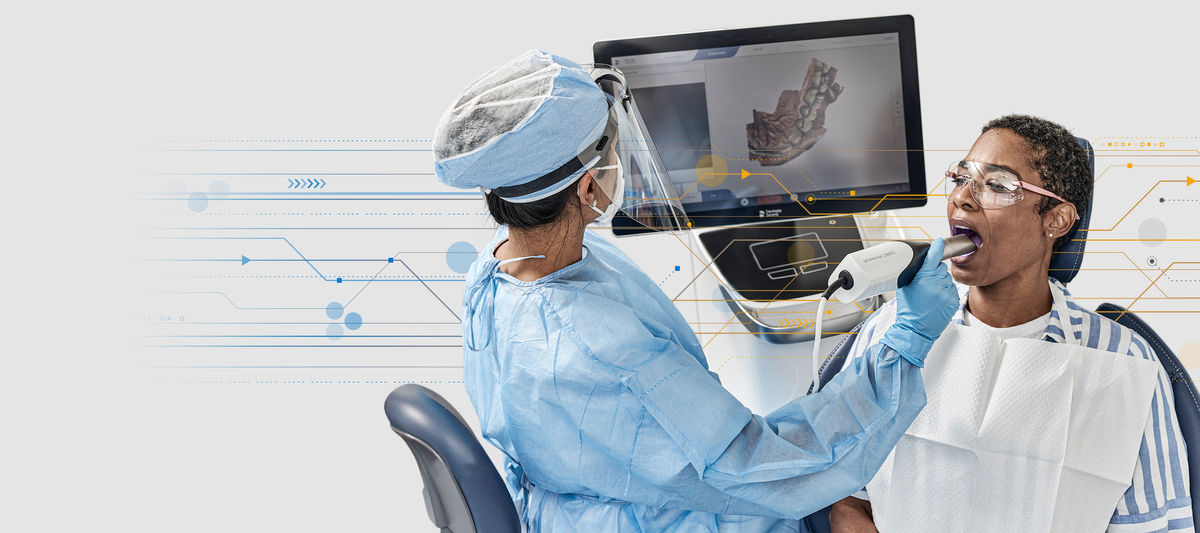Bizi arayın veya aşağıya iletişim bilgilerinizi girin, bir Dentsply Sirona temsilcisi en kısa zamanda sizinle iletişime geçecektir.
DS World
Bağlantılı diş hekimliğinin geleceğini deneyimleyin: Her etkinlikte sektör lideri eğitimler, en son gelişmeler, ünlü düşünce liderleri ve rakipsiz ağ oluşturma fırsatları sunulur.
2023 Sürdürülebilirlik Raporu
Sürdürülebilirlik stratejimiz misyonumuz için temel değer taşır ve gerçekleştirdiğimiz her uygulamayla bütünleşiktir.
Essix Plastics'te %15 indirim (sınır 6)*
Ödeme adımında Q1ESS25 kampanya kodunu kullanın. Koşullar Geçerlidir*

Dentsply Sirona Akademi
İmplant Diş Hekimliği Eğitimlerini Keşfedin
Dentsply Sirona’nın diş implantı eğitimi, implant restorasyonlarından tek diş implant kutularına ve gelişmiş diş implant prosedürlerine kadar geniş bir implant tedavisi yelpazesini kapsar. Eğitim kataloğu, diş hekimleri, diş implantı uzmanları ve diş asistanları için implant CE seçenekleri sunar. İhtiyaçlarınıza en uygun öğrenme formatını seçin ve yüz yüze kurslar, uygulamalı kurslar, web seminerleri ve etkileşimli çevrimiçi eğitimler arasından seçim yapın.
- Artan Tarih
- Azalan Tarih
Görüntülenecek eğitim yok
Ek kaynakları keşfedin
Daha fazla eğitim içeriği mi keşfetmek istiyorsunuz? Daha fazla bilgi edinmek için aşağıdaki hızlı bağlantıları kullanın.

Sürekli Eğitim Videoları





